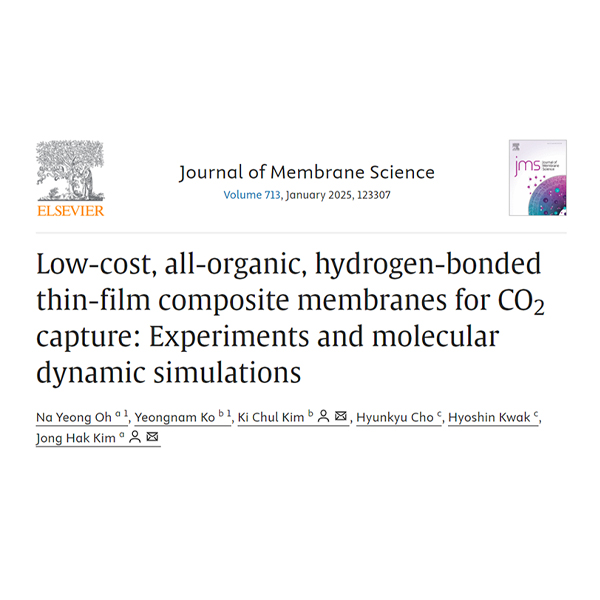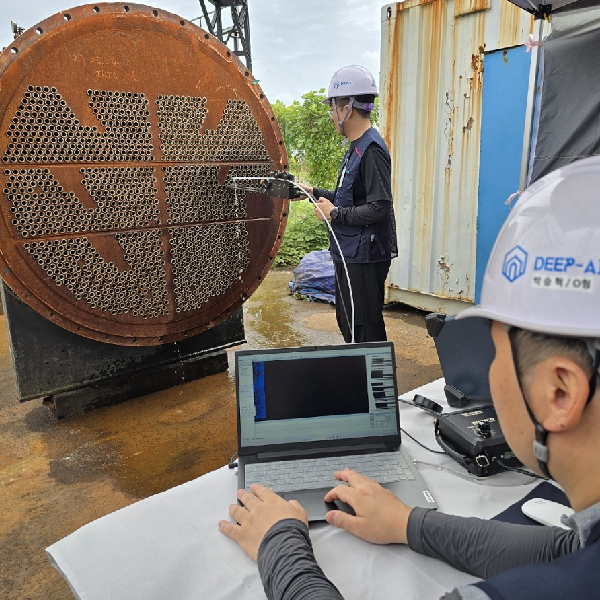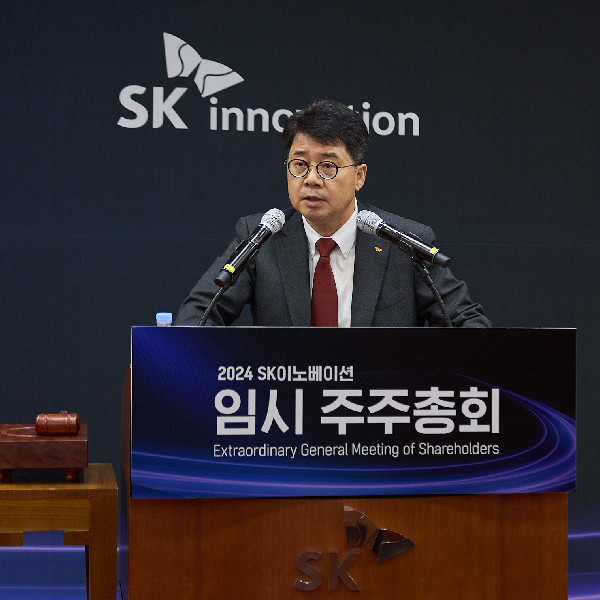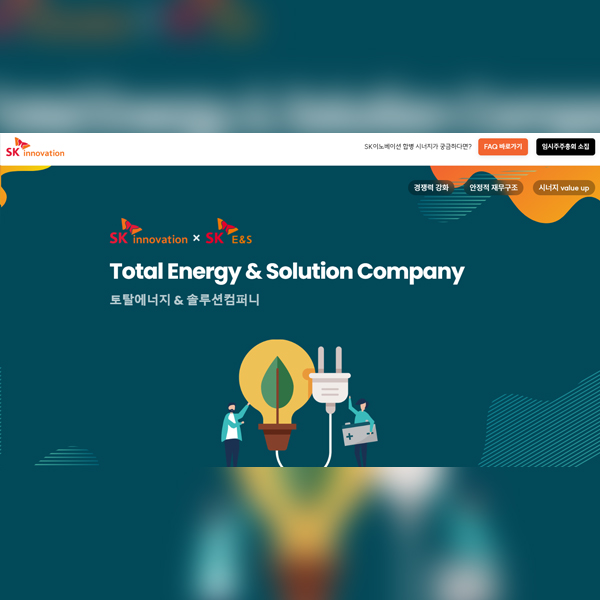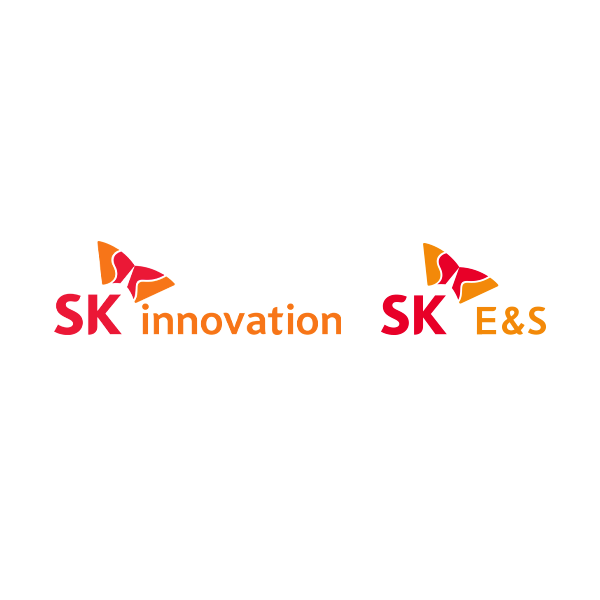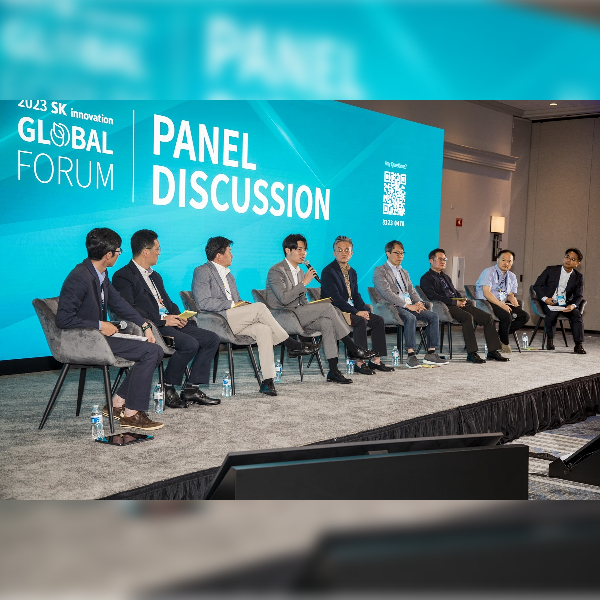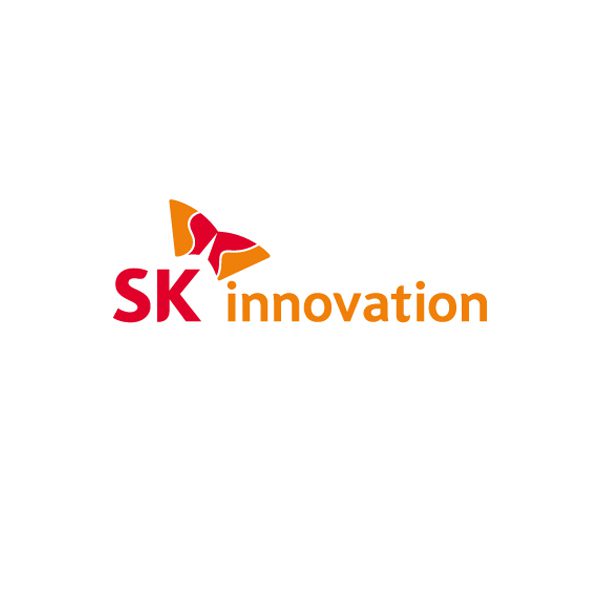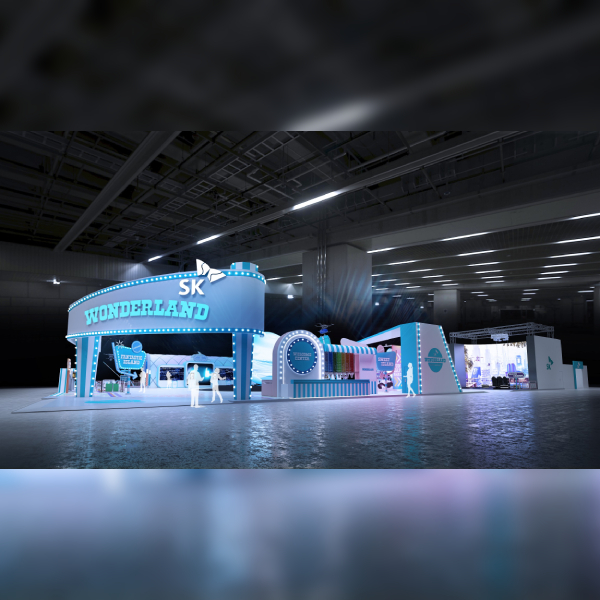 SK Innovation
SK Innovation■ SK Innovation and Ford announced on the 20th (US local time) they have signed a MOU for a joint venture – to be called BlueOvalSK – to manufacture battery cells and arrays in the U.S.
■ BlueOvalSK to produce approximately 60GWh annually with potential to expand, starting mid-decade
■ Kim Jun, CEO of SK Innovation: “Our JV with Ford will play a pivotal role in fleshing out the electric vehicle value chain in the United States, a key objective of the current U.S. administration”
■ Jim Farley, CEO of Ford: “It is a key part of our plan to vertically integrate key capabilities that will differentiate Ford far into the future,” “We will not cede our future to anyone else.”
SK Innovation and Ford announced on May 20th (U.S. local time) they have signed a memorandum of understanding (MOU) to create a joint venture – to be called BlueOvalSK – to produce approximately 60 GWh annually in traction battery cells and array modules, starting mid-decade, with potential to expand.
“This MOU is just the start; it’s a key part of our plan to vertically integrate key capabilities that will differentiate Ford far into the future,” said Jim Farley, Ford president and CEO. “We will not cede our future to anyone else.”
“We are delighted to be entering into collaboration with Ford, America’s leading and iconic automaker. Ford is one of the most active players in vehicle electrification today. We are proud to be opening this new chapter in their long history,” said Kim Jun, SK Innovation CEO & President. “Our JV with Ford will play a pivotal role in fleshing out the electric vehicle value chain in the United States, a key objective of the current U.S. administration.”
The creation of the JV is subject to definitive agreements, regulatory approvals and other conditions. Next-gen cells and arrays will be used to power several future Ford battery electric vehicles.
“Through the JV, Ford and SK Innovation will jointly develop and industrialize battery cells at scale that are tailored to deliver optimum performance and value for our Ford and Lincoln customers,” said Lisa Drake, Ford’s North America chief operating officer. “SK Innovation is an important partner in helping deliver batteries with better range and value for our fully electric vehicles by mid-decade.”
Ford’s global BEV plan calls for at least 240 GWh of battery cell capacity by 2030 – roughly 10 plants’ worth of capacity. Approximately 140 GWh will be required in North America, with the balance dedicated to other key regions, including Europe and China.
“Global automakers have praised SK Innovations’ EV batteries for their safety, high capacity and long life,” said Jee Dong-seob, President of SK Innovation’s Battery Business. “SK Innovation will be supplying batteries for the fully electric version of Ford’s legendary and best-selling F-150 pickup truck. We are thrilled to be supporting the electrification of a vehicle that represents the very best of American automaking.”
The name of the joint venture, “Blue Oval SK,” is a combination of Ford’s Blue Oval emblem and SK in SK Innovation’s name. The annual output of 60GWh produced by BlueOvalSK can power about 600,000 electric pickup trucks (each requires about 100kwh of battery).
About 6 trillion KRW will be invested in this JV. Accordingly, along with the 3 trillion KRW investment in Plant 1 and Plant in Georgia, SK Innovation has announced a total of 9 trillion KRW in building battery facilities in the U.S. The company expects to increase this amount in consideration of the market expansion in the future.
SK Innovation began researching batteries for electric vehicles in 1991, and developed lithium ion battery in 1996. From 2017, when the global electric vehicle and battery industry grew rapidly, the company started to expand its battery business globally. At the moment, SK Innovation has secured a global production capacity of 40GWh with manufacturing plants in South Korea, China, Hungary and the U.S.
SK Innovation has specialized in the development and commercialization of high-nickel NCM battery technology. The company developed the world’s first NCM-811 battery in 2016 and continued to innovate and to develop the world’s first high-density “Nickel 9” battery (battery that has 90% nickel content) that will be mass produced in the U.S. powering Ford’s F-150 Lightning.
| Proven electrification expertise
SK Innovation has a spotless health and safety record and has not registered a single EV battery-related fire. Through its subsidiaries and affiliates, SK Innovation are also producing core battery components such as separators, thereby enhancing its competitiveness.
SK Innovation’s decision to establish BlueOvalSK joint venture with Ford this time to strengthen its role in the electric vehicle ecosystem in North America, as well as to become the third largest battery maker in the world. SK Innovation’s original plan was to secure over 125 GWh of annual capacity by 2025. However, with this JV, the company expects to reach a higher target of 190 GWh by 2025.
The first two battery plants of SK Innovation in the U.S. are located in Georgia with a total annual capacity of 22 GWh. The 10 GWh plant – Plant 1 is running pilot production after the completion of mechanical construction earlier this year, and commercial production will begin early next year. Plant 2 with a scale of 12 GWh is currently under construction and planned to be completed in early next year. Mass production at Plant 2 is expected to start in 2023.
Ford has been actively involved battery research and electric vehicles, starting with Henry Ford and Thomas Edison. To date, the company has secured more than 2,500 U.S. patents in electrification technologies, with another 4,300 patents pending.
Since 2004, Ford has sold more than 1 million hybrids, plug-in hybrids and all-electric vehicles and integrated four generations of batteries into its vehicles. By year-end, the company will be manufacturing electrified vehicles and supporting technologies at more than 15 powertrain and vehicle assembly plants globally.
Ford has assembled hybrid battery packs and electric motors in Michigan since 2012. That same year, Ford invested $135 million to design, engineer and produce these components for hybrids. It included a combined 170 jobs at the Rawsonville plant to assemble batteries and VanDyke Transmission plant to assemble e-motors, plus hiring more than 50 electric vehicle engineers.










 Youtube
Youtube Facebook
Facebook Instagram
Instagram Linkedin
Linkedin









